Junior Researches Quantum Chromodynamics
Hannaford said he wants his research to be accessible for other students. (Courtesy of Sean Hannaford)
April 1, 2020
Sean Hannaford, FCRH ’21, is a physics major who researches quantum chromodynamics under Associate Professor Christopher Aubin, Ph.D. Quantum chromodynamics is the theory that describes the action of the strong force, which is the force that is in charge of holding protons, neutrons and atomic nuclei together, according to Encyclopaedia Britannica.
Hannaford said his research consists of doing numerical simulations of some of the particles that make up protons and neutrons and atoms.
“Even though particle physics is very well studied, there’s still a lot about it that we really don’t know a whole lot about,” said Hannaford. “That’s one of the things about this kind of research, in particular, is that we can’t, you can’t solve any of these kinds of problems in the field doing paperwork.”
The research process includes Hannaford’s writing code using the computer programming language Python on his laptop. Hannaford said Python is an easy and accessible program that allows other students to download and become interested in his research.
“I do all of my work basically on the computers in the physics department or even on my laptop because the hope with the research that I’m doing is that everything should be done by other students if they want to do it on their laptops,” Hannaford said.
Hannaford said he hopes his research will spark the interest of other students who are not just studying physics, but other STEM fields like computer science. By making his research accessible, Hannaford said he hopes it will be a useful tool for other scientists.
“I just am writing up these programs that should be able to do all these calculations for you and hopefully do it quick enough that any student sitting at home or in the dorm or something like that (can do it),” said Hannaford. “(Students) can just do these actual experiments on their own and get their own insight into particle physics.”
For Hannaford, studying particle physics allows him to understand atoms, which are the building blocks of life. Hannaford said that by understanding how atoms and particle physics work, one can understand how the universe works.
Hannaford uses the Monte-Carlo Integration technique to make his research easier while writing his code.
“It can take longer than the universe will probably exist to actually do all these (calculations),” he said, speaking to the usefulness of the technique.
Hannaford learned this technique with guidance from Aubin, who helps guide his research. Even though Hannaford is still taking classes like quantum mechanics, doing research like this allows him to learn something new outside the classroom, like the previously mentioned Monte-Carlo Integration.
“The basic idea of this integration technique is that you have something like a dartboard on a square wall, and you just figure out what the area of the dartboard is by counting how many of those random throws are made off of a dartboard,” said Hannaford.
Hannaford still takes classes and learns every day. He said he started research last summer and will continue to do research into this spring.
“I think the kind of work I’ve been doing on this research has been really engaging for me,” Hannaford said. “And it’s something that I think I really would like to pursue so much of this as a job, hopefully doing these kinds of computer science, physics type work.”
Hannaford said Fordham has been an integral part of his research experience.
“Fordham actually really wants to help you out with your own research,” said Hannaford. “I feel like they are really welcoming, helpful and trying to get kids to perform their own independent research. It’s been really welcoming.”

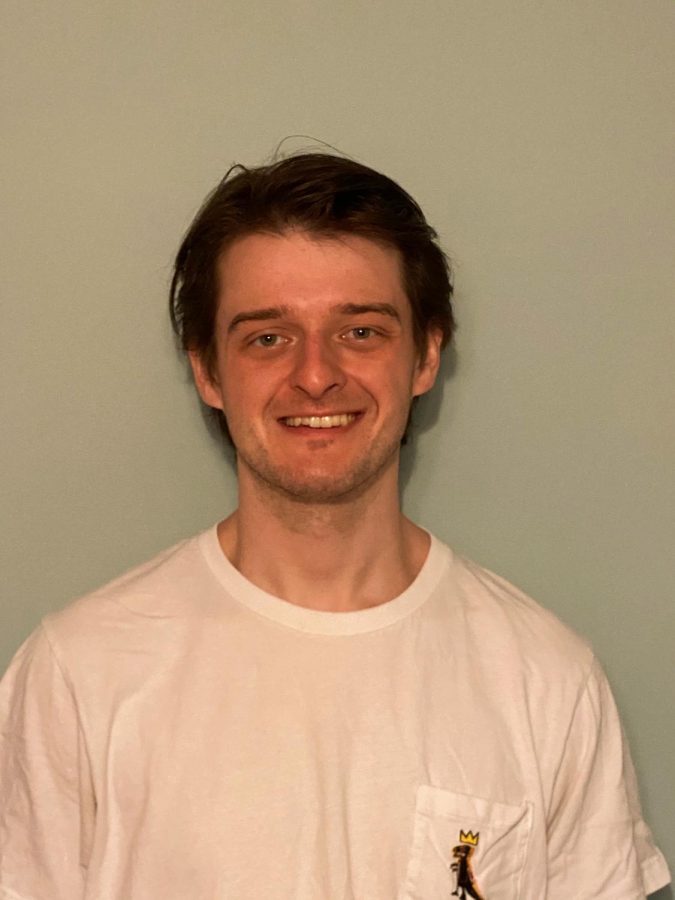



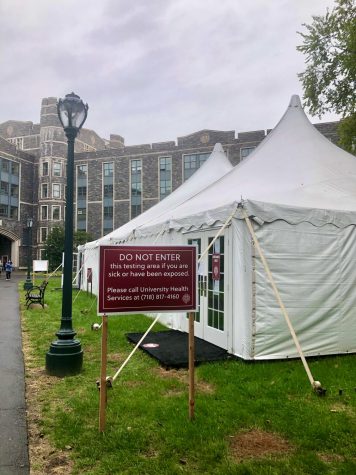
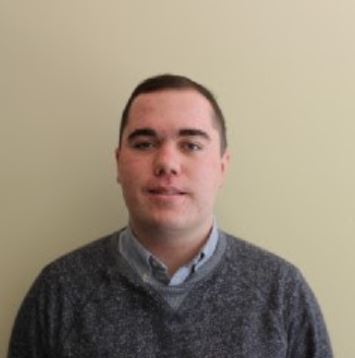
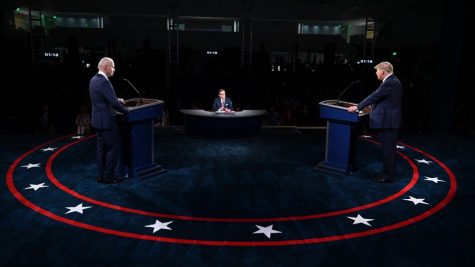
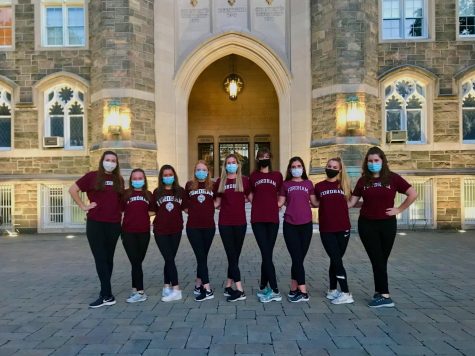

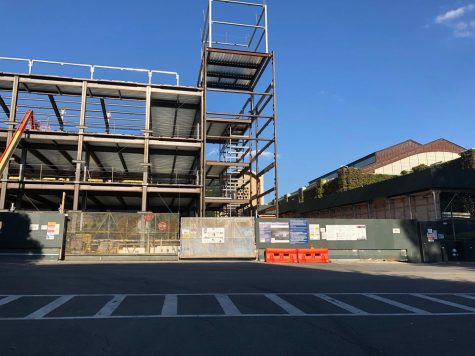
If you want a picture to show with your comment, go get a gravatar.